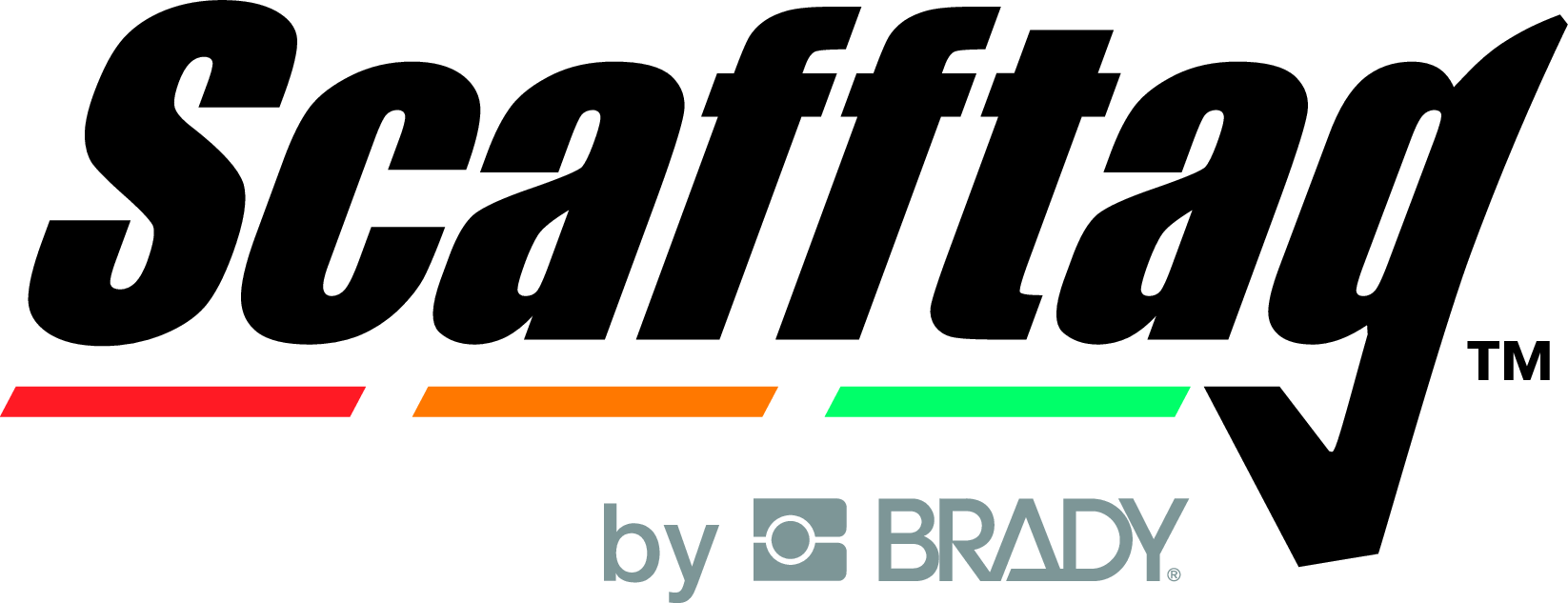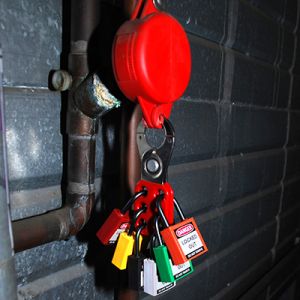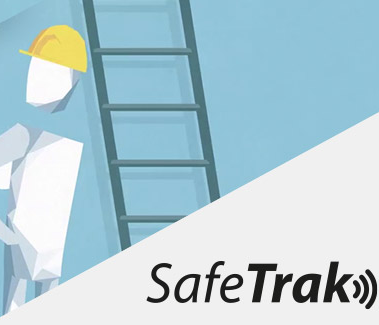Lockout tagout guidance
Lockout Tagout guidance
How to implement proper LOTO procedures?
The Occupational Safety and Health Administration (OSHA) has regulations in place for lockout/tagout (LOTO) procedures, which are designed to prevent the accidental start-up of machinery or equipment during maintenance or repair. The regulations can be found in OSHA's standard 1910.147, which applies to the general industry, and OSHA's standard 1926.417, which applies to the construction industry. The regulations require employers to establish and implement LOTO procedures, train employees on those procedures, and ensure that the procedures are followed. Employers must also ensure that employees are provided with the necessary lockout or tagout devices, such as locks and tags, to properly secure equipment before maintenance or repair work is performed.
Our recommended actions:
When working on or using equipment, a range of risks can arise from the uncontrolled application or release of hazardous energy.
There are several types of hazardous energy:
- Kinetic Energy – from moving equipment or materials
- Chemical Energy - released by a chemical reaction
- Potential energy - in suspended or elevated materials
- Thermal energy - in heat such as from steam, hot water, fire, liquefied gas etc
- Electrical energy - from conductors, motors lighting or an electrical panel
- Radiation - from X-rays, lasers etc.
The following are typical examples of when such hazardous energy needs to be controlled:
- When making repairs or performing routine maintenance to equipment that someone else might remotely activate
- When clearing a jammed mechanism
- When a guard or other safety device has to be bypassed or removed
- When any part of your body may be struck or caught by moving machinery
- When any part of your body may need to be near an exposed or uninsulated electrical circuit
- When working on high-pressure systems, or vessels, piping or other equipment which contains (has contained) hazardous materials
The Provision and Use of Work Equipment Regulations 1998 (PUWER) states that 'every employer shall ensure that where appropriate work equipment is provided with suitable means to isolate it from all its sources of energy.'
Lockout Tagout (LOTO) is a term used to refer the use of physical restrictions and visual warnings to render machinery or equipment inoperable or to isolate an energy source.
A risk assessment is a legal requirement and forms an essential part in the safe operation of all work tasks involving electrical and mechanical equipment. Once you have completed the risk assessment, you can use your findings to reduce unacceptable risks from in your workplace. Contractors should always be required to provide a method statement with a risk assessment before commencing work that requires LOTO or operation of any electrical system, equipment or machinery.
From this written procedures must be produced and employees informed and trained on these.






